Middle Devonian, late Carboniferous, and Triassic magmatic flare-ups in eastern Armorica (Sakarya Zone, Turkey) as revealed by detrital zircon U-Pb-Hf isotopic data
Résumé
The Sakarya Zone of northern Turkey contains a well-preserved Early–Middle Jurassic and Late Cretaceous submarine magmatic arc constructed over pre-Jurassic bedrocks that are considered to be the eastward extension of the Armorican Terrane Assemblage in Europe. In this study, we present U-Pb-Hf isotopic data from the detrital zircons of middle Permian and Lower Jurassic sandstones to reveal episodes of Paleozoic–early Mesozoic magmatic flare-ups. Detrital zircon ages, together with data from the literature, define three major age groups at 400–380 Ma, 326–310 Ma, and 250–230 Ma, which indicates three distinct magmatic flare-ups. In addition, there are minor age clusters at 460–430 Ma and 215–195 Ma. Initial εHf values of the detrital zircons indicate significant juvenile input during the Triassic flare-up, the involvement of significantly reworked crustal material during the late Carboniferous magmatic flare-up, and both juvenile and reworked crustal material during the Middle Devonian magmatic flare-up. Within the pre-Jurassic continental basement rocks of the Sakarya Zone, the late Carboniferous igneous rocks are well documented and most voluminous, and the Middle Devonian rocks are known locally, while the Triassic igneous rocks—apart from those in Triassic accretionary complexes—are hardly known. Because the Sakarya Zone is a Gondwana-derived continental block that was later involved in the Variscan and Alpine orogenies, these magmatic flare-ups cannot be explained by subduction-related processes along a single subduction zone. We propose that the Sakarya Zone rifted from the northern margin of Gondwana during the Late Ordovician–Silurian, the Devonian magmatic flare-up (400–380 Ma) was related to the southward subduction of the Rheic Ocean beneath the Sakarya Zone during its northward drift, the late Carboniferous magmatic flare-up (326–310 Ma) occurred following the collision of the Sakarya Zone with Laurussia, and the Triassic flare-up (250–230 Ma) resulted from northward subduction of the Tethys Ocean beneath the Sakarya Zone. Comparison with data from the literature shows that the Triassic and late Carboniferous magmatic flare-ups are also characteristic features of neighboring Armorican domains, such as the Balkans and the Caucasus; however, the Middle Devonian flare-up appears to be restricted to the Sakarya Zone. Along with the late Carboniferous flare-up, the Late Ordovician–Silurian flare-up, which is locally recorded in the Sakarya Zone, is typical of the Armorican Terrane Assemblage as a whole.
Domaines
Géochimie| Origine | Fichiers produits par l'(les) auteur(s) |
|---|
